Exchanging Imaginations at RMB Latitudes Art Fair
- Life & Style

- Jul 10
- 5 min read
Everything we know starts at the source of feeling – emotions, physical touch, sight, and smell all feed into knowledge. You know a lemon is sour because your taste buds tell you and you can identify comfort when the chair holds you well.
Words: Kim M Reynolds
Art functions as a similar knowledge creation system, depicting, immersing, or provoking you into a feeling. And as such, you can gain a deeper vocabulary for your own imagination, and what you want your own world to look, smell, and feel like, and importantly, what you want to remember in a (colonial) world that has been oriented towards erasure and manipulation.

Art becomes peculiar, however, in the marketplace and begins to take on other demands and hierarchies.
In South Africa, that hierarchy is definitely at play with large, institutional galleries playing a defining role in the direction of contemporary and canonical art, and artists oftentimes feeling pressured to sign with said galleries and produce work that is legible to the market. This all can collapse organic and creative partnerships and networks and over-emphasise the sale of work as the only purpose of creation. It can also produce predictable or formulaic approaches to fairs and exhibitions.RMB Latitudes Art Fair aims to intervene in this structure and has been since its inception in 2019.
Latitudes as an art fair exhibition space began in 2019, founded and led by a two-person team, Roberta Coci and Lucy MacGarry. The online iteration of Latitudes began out of necessity as a result of COVID-19 and has grown in prominence, capacity, and network ever since. Rand
Merchant Bank (RMB) came on as a sponsor in 2023, and the fair has been taking place in person at Shepstone Gardens ever since. While the fair’s nexus is art sales and exhibition, there is a prominent practice of collaboration, networking, and connection within the art world, specifically in Southern Africa.
Its positioning is unique in attracting the participation of stalwarts of the art industry, various artists (independent and established), art collectives, curators, fashion partnerships, and network groups into one three-day event and fair to the public. There is a Thursday VIP vernissage event as well as various related events and sponsored after-parties attached to the fair.
Working with 50 galleries, over 300 artists, and several specialty partnerships and projects, the 2025 iteration reads truly like a feat. And experiencing it corroborated this. I arrived at the fair on the second day of its public viewing, Saturday. As I walked through the varying
exhibitions, many of the works displayed a sticker, usually gold, to signify that the work had been sold. The fair itself was also sold out on this day, meeting its maximum capacity for the vast venue of Shepstone Gardens in Houghton, Johannesburg. The space was well-activated and visually dynamic, and the venue lends to this syncretic nature. Because the venue contained multiple ‘houses’ on various winding levels of the gardens, each exhibition space could work as an individual iteration.
One of the major highlights of the fair was the inaugural Botswana Focus, which was composed of five artist organisations from Botswana. The Art Residency Centre (ARC Botswana), TBP Artist Collective, Banana Club, and ReCurate are all based in the capital of Botswana, Gaborone, and The Space Botswana is based further north in the country in Maun.
The partnership between Latitudes and what became the Botswana Focus developed organically and was nurtured by the success and impact Batswana artists had while exhibiting in the 2024 edition of RMB Latitudes.
“The aim was to try to provide some sort of holistic picture of what the art scene in Botswana looks like,” says Kim Karabo Makin, participating artist, member of TBP Artist Collective, and board member of ARC Botswana.
Importantly, Makin also emphasised that while the work is all in one space, it is not a homogeneous project. The various artists and collectives - differing in focus, stage in career, and practice- are on display to tell various stories of the heterogeneous art scene, both contemporary and historical as well. I also appreciated the INDEX exhibition, which has been a staple for Latitudes for the past three years. INDEX is an exhibition space by and for independent artists. This year, it was the exhibition was curated by Bonolo Kavula with the concept (and title) of Invisible Thread.
South Africa’s commercial galleries play an undeniably important role in the nation’s art scene. Practising contemporary art curation and the commercialisation of it often bridges the gap that national galleries don’t always fill. As such, there is a great deal of visibility and power held in these spaces. Independent artists, some of whom have previously signed with institutional galleries, possess more choice in their output, but of course, risk the loss of ‘backing’ of a traditional gallery.
RMB Latitudes addresses this dynamic with the INDEX section, which is dedicated to the platforming of independent artists, again attempting to foster collaboration and knowledge, because frankly, all players are needed to forge equity in a field that heavily relies on commercial consumption or institutional support. The participating artists include Kavula herself, whose work is abstract in nature yet granular and meticulous in process, Yonela Doda, Thato Makatu, Tshepo Phokojoe, Khanyi Mawhayi, Dineo Ponde, Unathi Mkonto, and Tinyiko Makwakwa.
In addition to the vast exhibition of artwork, largely from African artists and galleries, Latitudes curated a robust discussion programme that invited artists, practitioners, and curators to reckon with the evergreen and ever-developing questions regarding: globalisation; the role of technology in art production, curation, and commercialisation; and, what are the initiatives that can truly nurture a symbiotic relationship between artists, collectors, galleries, and other major actors in the art world?
The highlighting of a new arts online platform Art Meets was particularly interesting and promising. Art Meets is a South African collective operating since 2013, and in 2023, the collective launched a mobile app that functions as an interactive map for users. The map charts arts events, galleries, creative spaces, and arts opportunities, aiming to bring operating silos much closer.
RMB Latitudes as a growing player in the art fair space demonstrates that overlapping begets strength, innovation, and the possibility for growth. While the art world retains its pressures, inequalities, biases, and stratifications, tapping on interlocking networks and regularly forging connections between the actors in the space can afford a legitimate exhibition and commercial space for African artists. And oftentimes, it’s the arbitrary standards of legitimacy that can upkeep the gates of hierarchy. I look forward to Latitudes sustained growth and even the challenging of traditional art fair programming- from venue to curation to imagination exchange.
LATITUDES


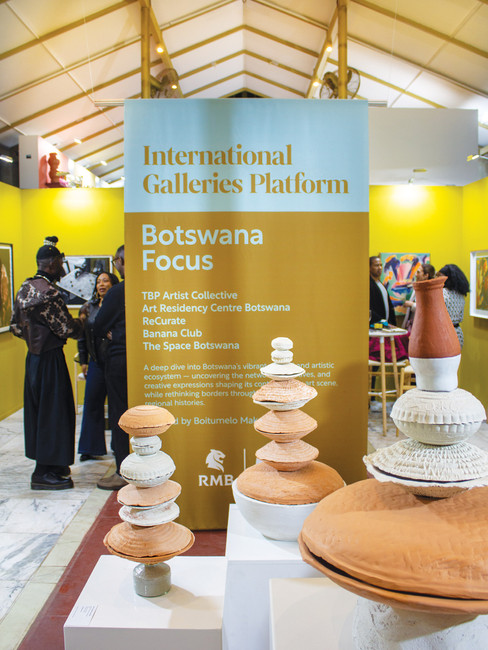


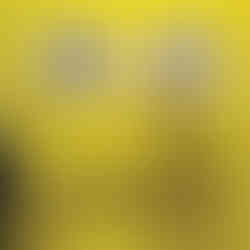



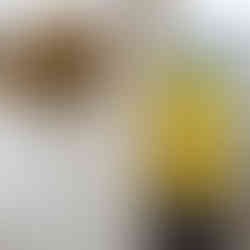

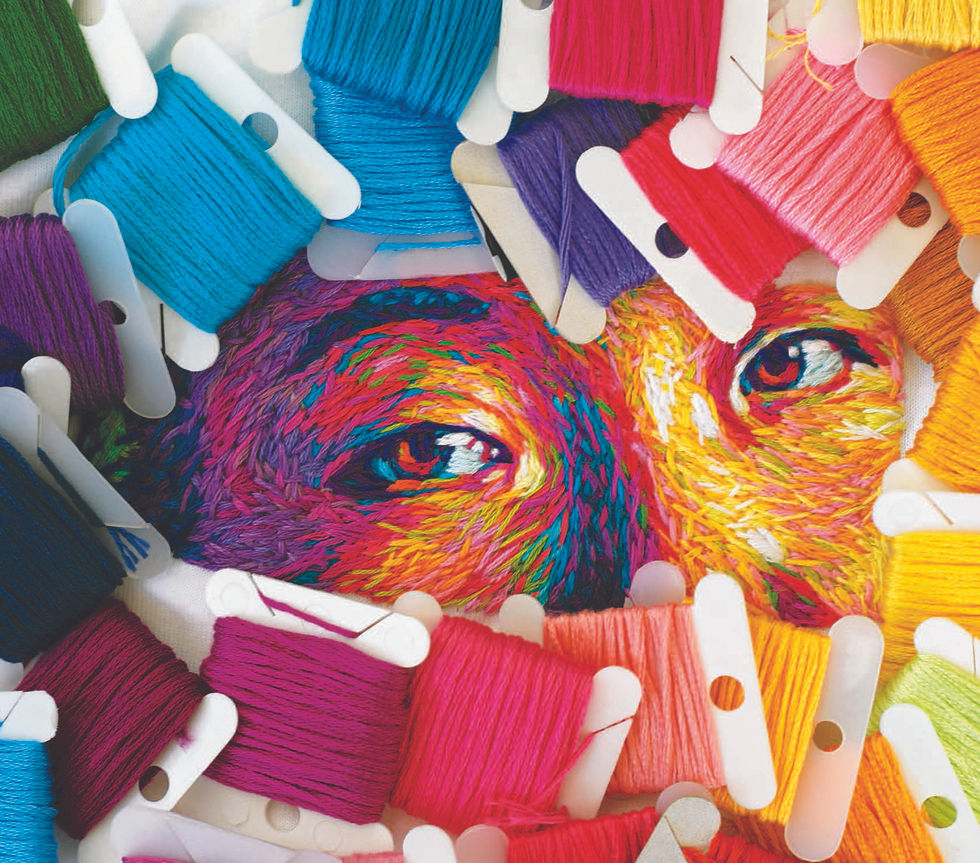
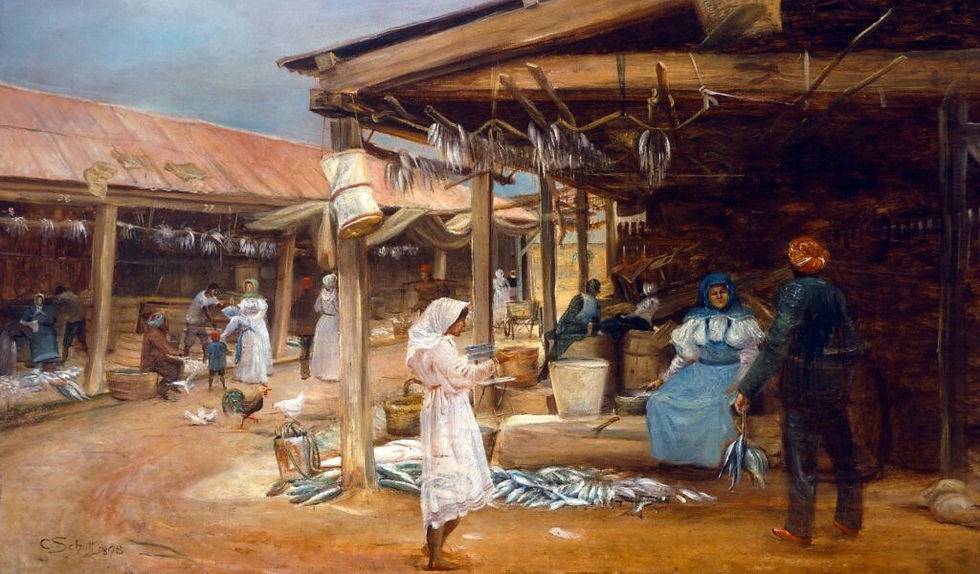
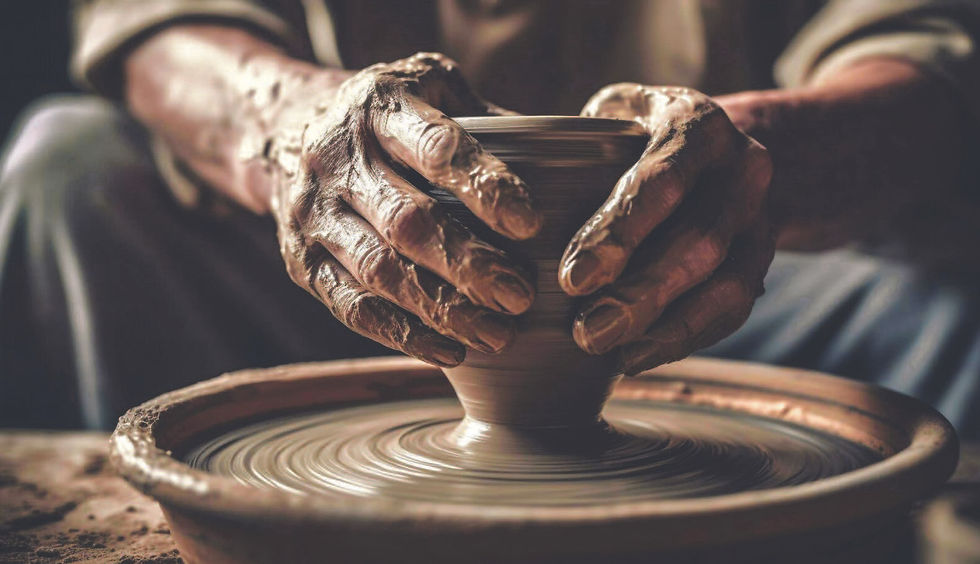
Comments